The car dashboards of today are sleek, digital, and often minimalist, but the dashboards of yesteryear were strikingly different. These older dashboards were characterized by their extensive use of real metal, a design choice driven by a combination of aesthetics, functionality, and the technological limitations of the time.
The Aesthetic Appeal of Metal
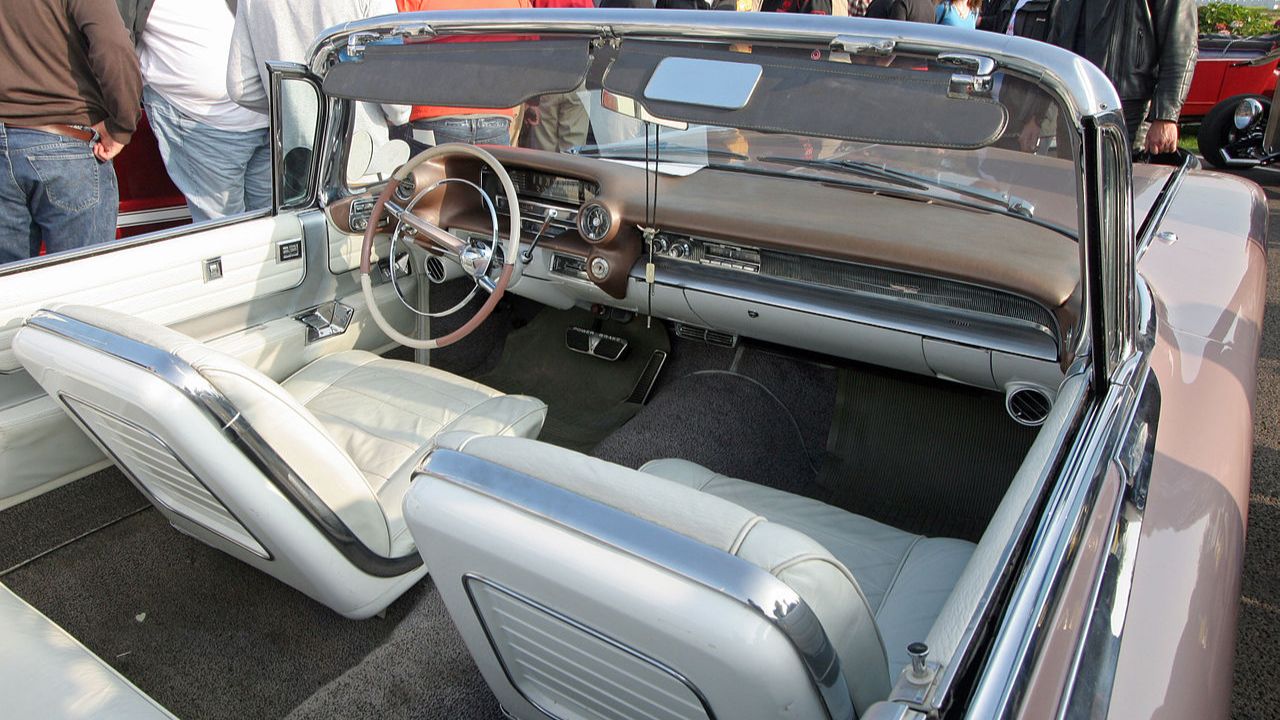
The allure of real metal in car dashboards primarily lay in its timeless elegance. Metal surfaces, polished to a sheen, exuded a sense of luxury and sophistication that was highly appealing to buyers during the early and mid-20th century. It was a time when cars were not just a means of transportation but a statement of style and status. The use of chrome and other metals could transform a mundane dashboard into a focal point of the vehicle, providing a visual punch that resonated with consumers.
Customization and craftsmanship also played a significant role in the aesthetic appeal of metal dashboards. Manufacturers like Cadillac and Rolls-Royce took pride in showcasing intricate designs and finishes that emphasized their cars’ exclusivity and attention to detail. These elements allowed automakers to create unique, memorable interiors that stood out in a burgeoning market. The metalwork reflected the artisan skills of the era, offering a level of personalization that was harder to achieve with other materials available at the time.
Functionality and Durability
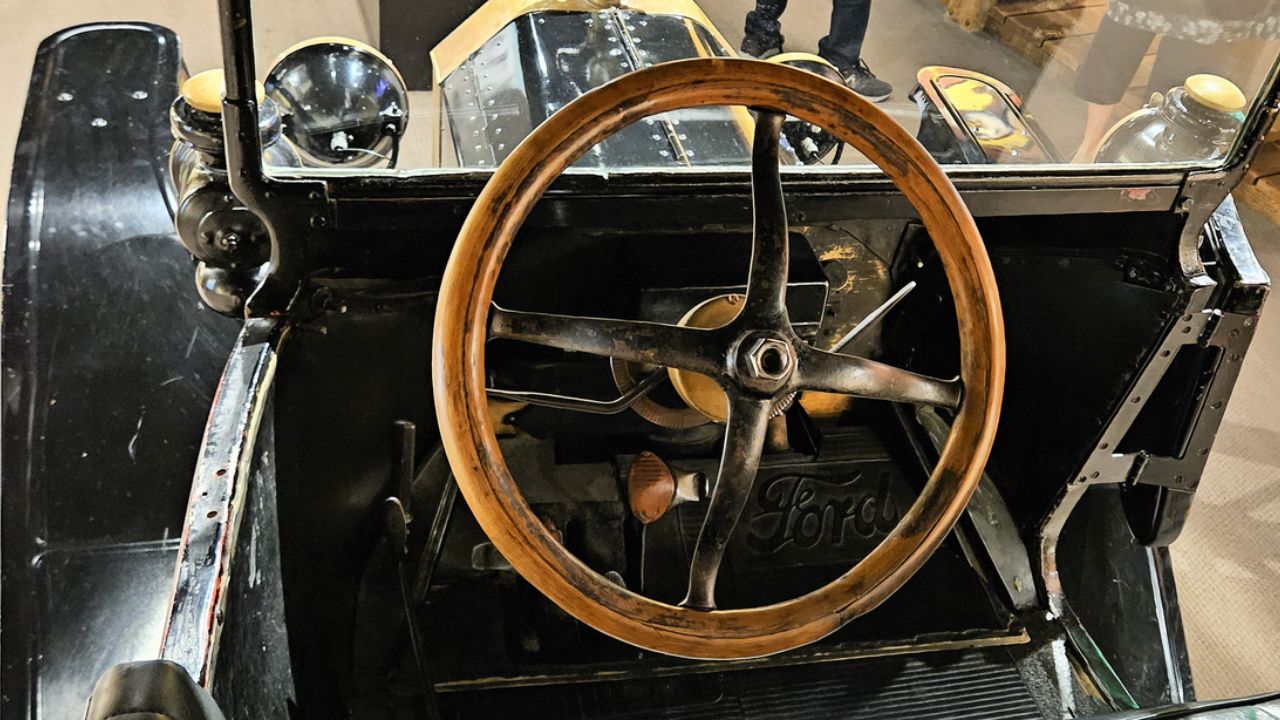
Beyond aesthetics, the functionality and durability of metal dashboards were undeniable. The robustness of metal components was particularly crucial given the rougher, less forgiving roads of the early 20th century. Cars needed to withstand harsh conditions, and metal provided the strength and resilience required. For instance, the Ford Model T, produced from 1908 to 1927, featured a metal dashboard that withstood the test of time, becoming an iconic representation of early automobile durability.
While modern safety features like airbags and crumple zones were nonexistent, the solid construction of metal dashboards provided a perceived sense of security to drivers and passengers. Although these metal structures could pose potential hazards in collisions, they were nonetheless integral to the vehicle’s overall build quality. The reliance on metal was as much about necessity as it was about creating a vehicle that felt substantial and reliable on the road.
Technological Limitations
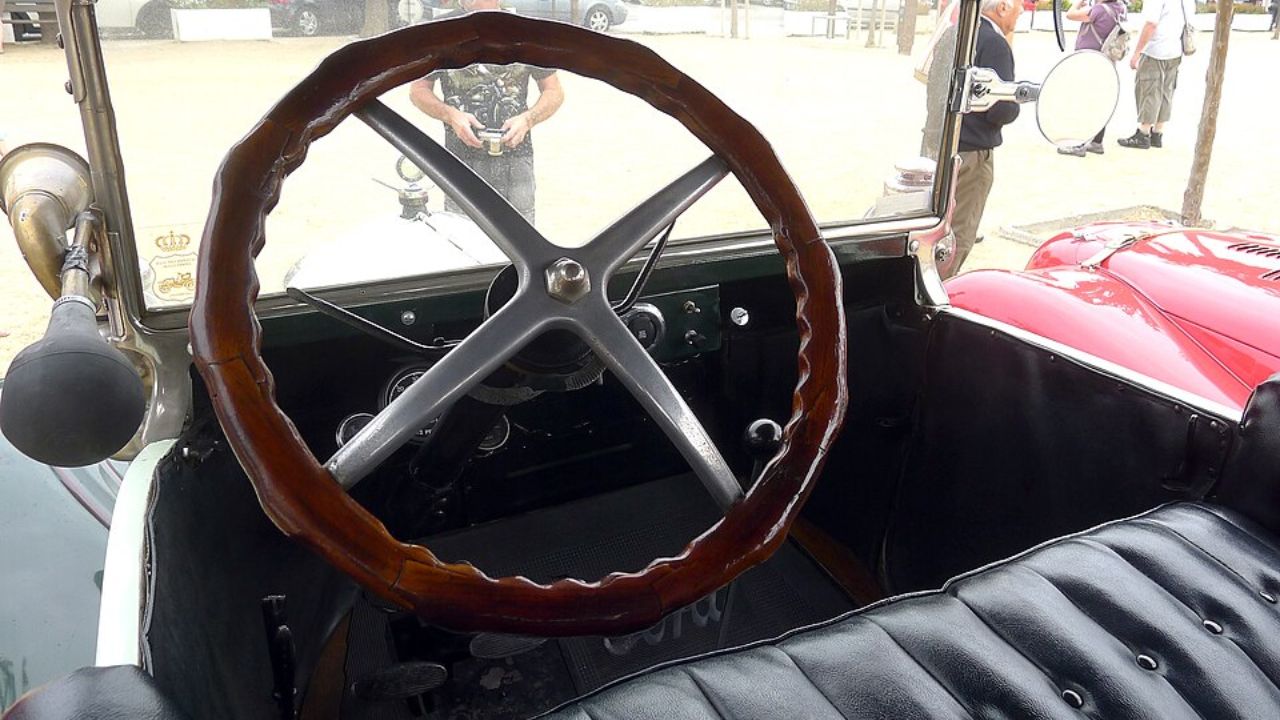
Technological limitations of the period also influenced the extensive use of metal in car dashboards. In the early days of automotive design, materials like advanced plastics and composites were either unavailable or not yet suitable for automotive applications. Metal, on the other hand, was abundant and could withstand the rigors of automotive use. This made it the go-to choice for car manufacturers of the time.
The manufacturing techniques of the era were more adept at working with metals than with other materials. Processes like stamping, molding, and shaping metal were well-established, allowing manufacturers to create complex and durable components with relative ease. This was a crucial factor in the widespread adoption of metal dashboards, as the industrial capabilities aligned perfectly with the available materials. The influence of the Industrial Revolution can be seen in the way these techniques were refined and optimized for mass production.
Cultural and Historical Context
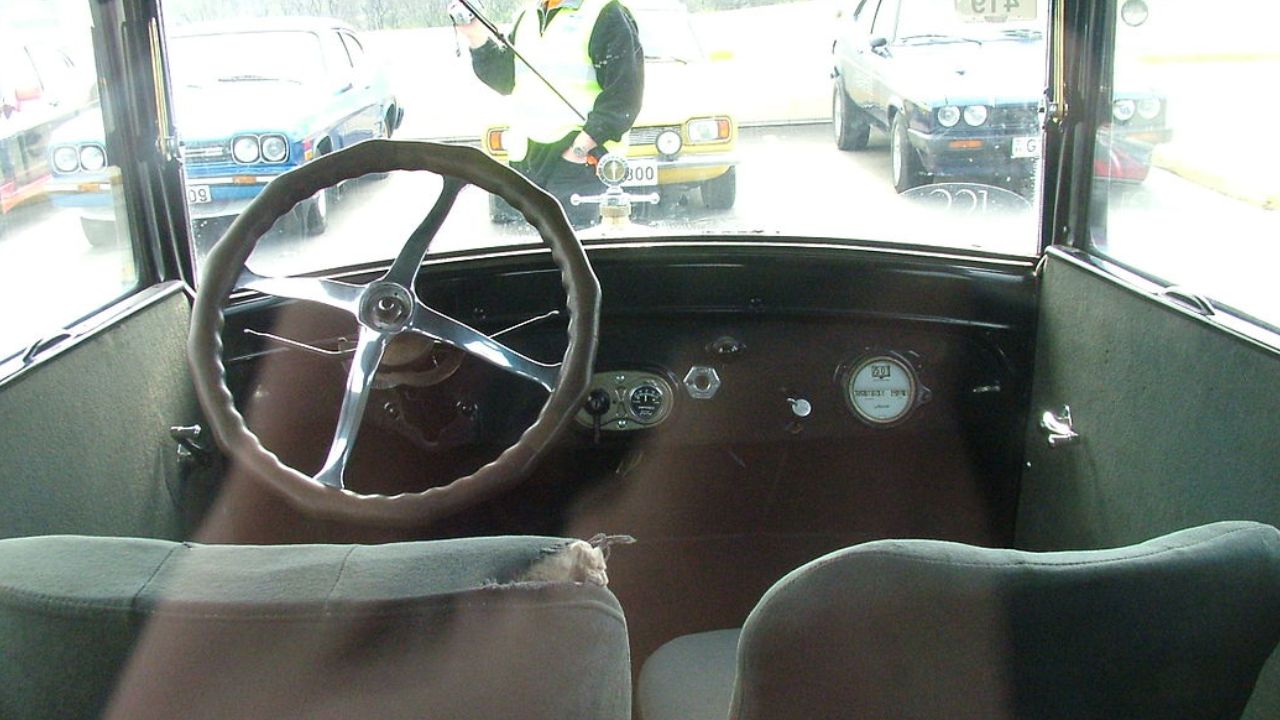
The cultural and historical context of the time further cemented the use of metal in car dashboards. The Industrial Revolution had not only provided an abundance of metal but also revolutionized metalworking techniques, which were then applied to automotive design. This period of rapid industrialization and technological progress was a driving force behind the widespread use of metal in car manufacturing.
Moreover, cars were viewed as mechanical marvels and symbols of status. The use of metal aligned with this perception, as it reinforced the idea of cars being durable, reliable machines. In this sense, metal dashboards were a representation of the automotive heritage and tradition that valued strength and longevity. The cultural emphasis on craftsmanship and mechanical excellence found a perfect match in the metalwork of these early vehicles.
Transition to Modern Materials
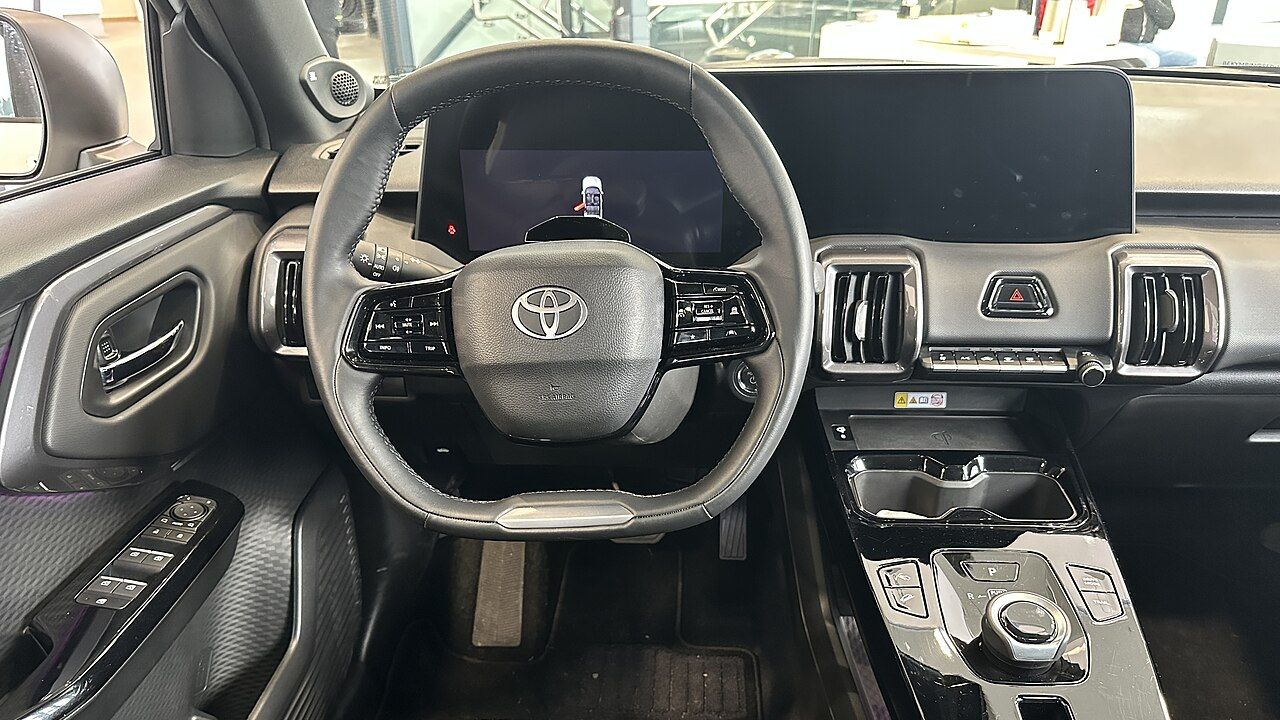
As technology advanced, the automotive industry began to transition away from metal dashboards to modern materials like plastics and composites. This shift was driven by several factors, including the desire for lighter and cheaper materials that could offer more complex designs and improved safety features. The advent of these new materials allowed automakers to experiment with different styles and functionalities, leading to the sleek, digital dashboards we see today.
Environmental and economic factors also played a significant role in this transition. The oil crises of the 1970s, for instance, forced manufacturers to seek more fuel-efficient alternatives to heavy metal components. Economic shifts further incentivized automakers to reduce costs, prompting them to explore innovative materials that could meet these new demands. This evolution is evident in modern vehicles, where the emphasis is on efficiency and technological integration, marking a stark contrast to the heavy metal designs of the past.
The impact of these changes is seen in the way cars have become more accessible, with manufacturers able to produce vehicles at lower costs while still offering advanced features. The shift to plastics and composites has also opened up new possibilities in automotive design, allowing for greater customization and a focus on user-friendly interfaces. This transition reflects a broader trend towards modernization and sustainability within the industry, aligning with the changing needs and expectations of consumers.
Like Fast Lane Only’s content? Be sure to follow us.
Here’s more from us:
*Created with AI assistance and editor review.

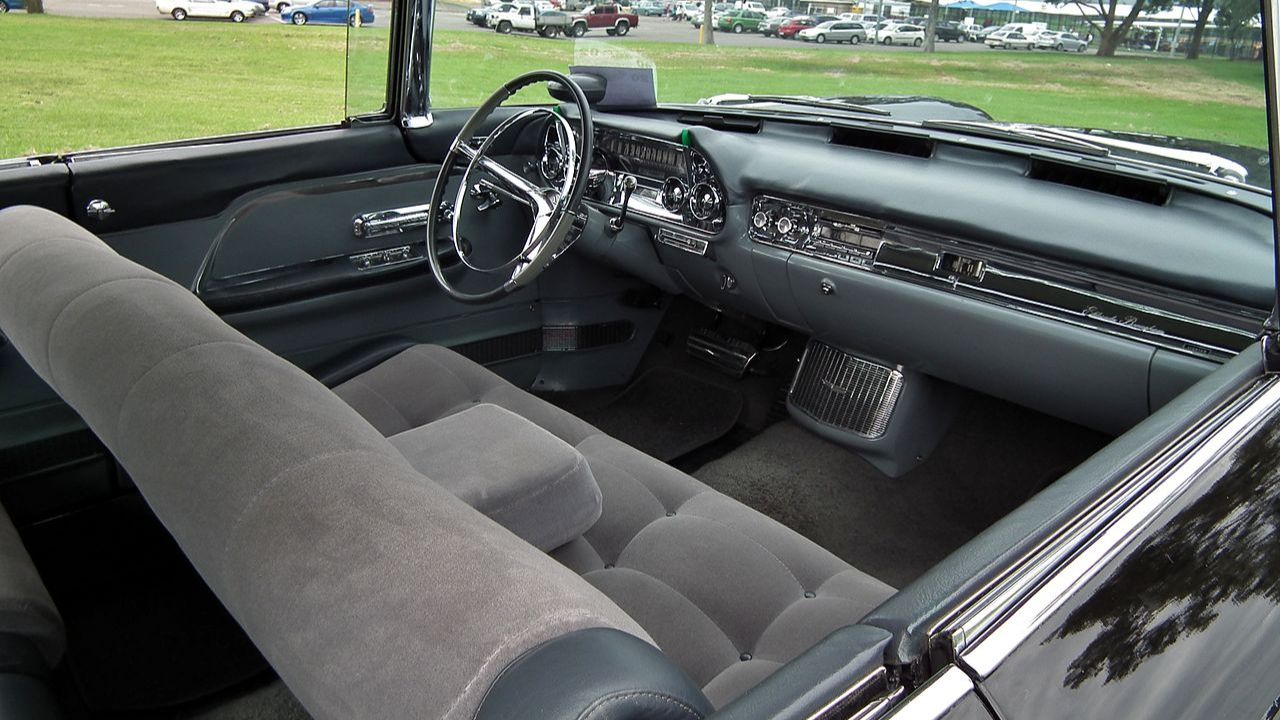
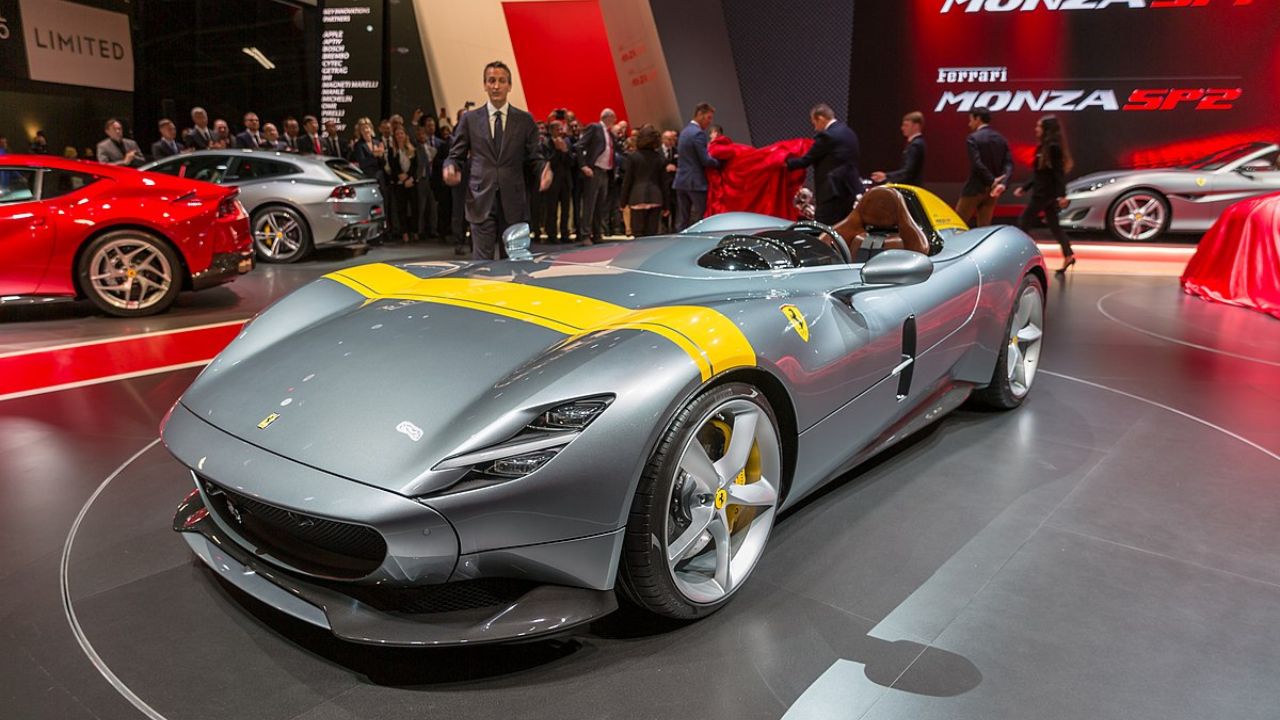
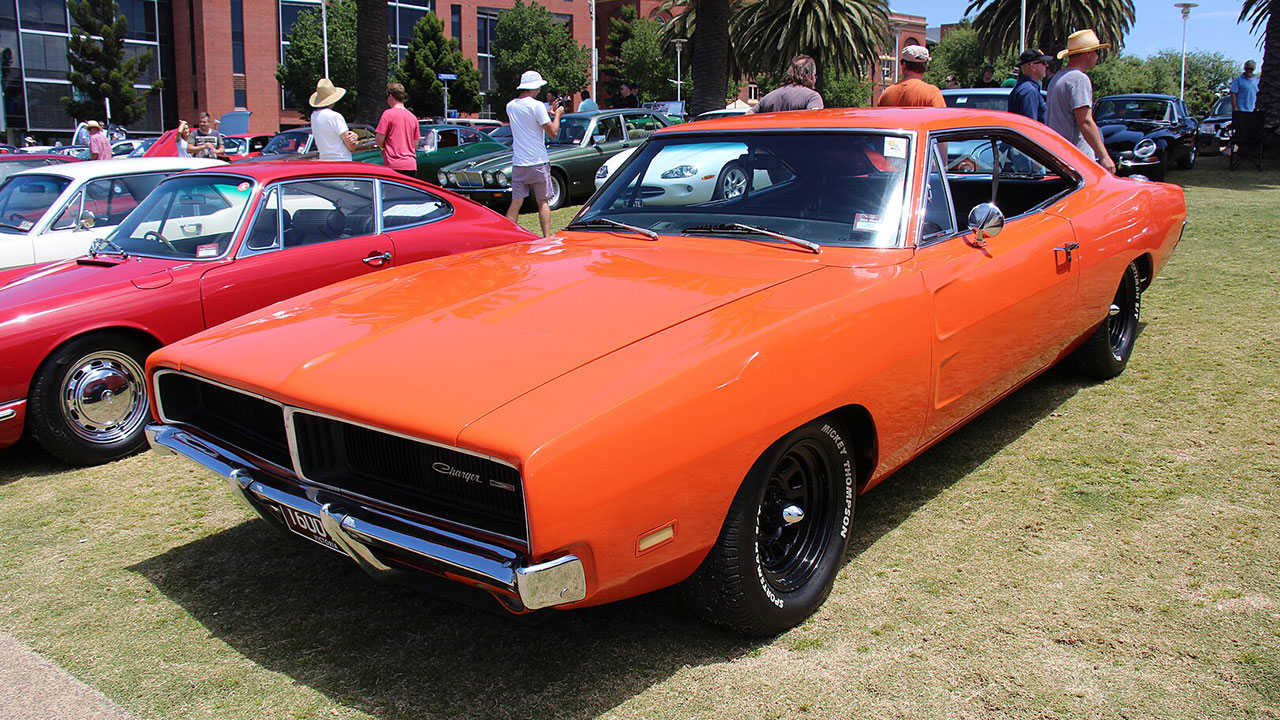
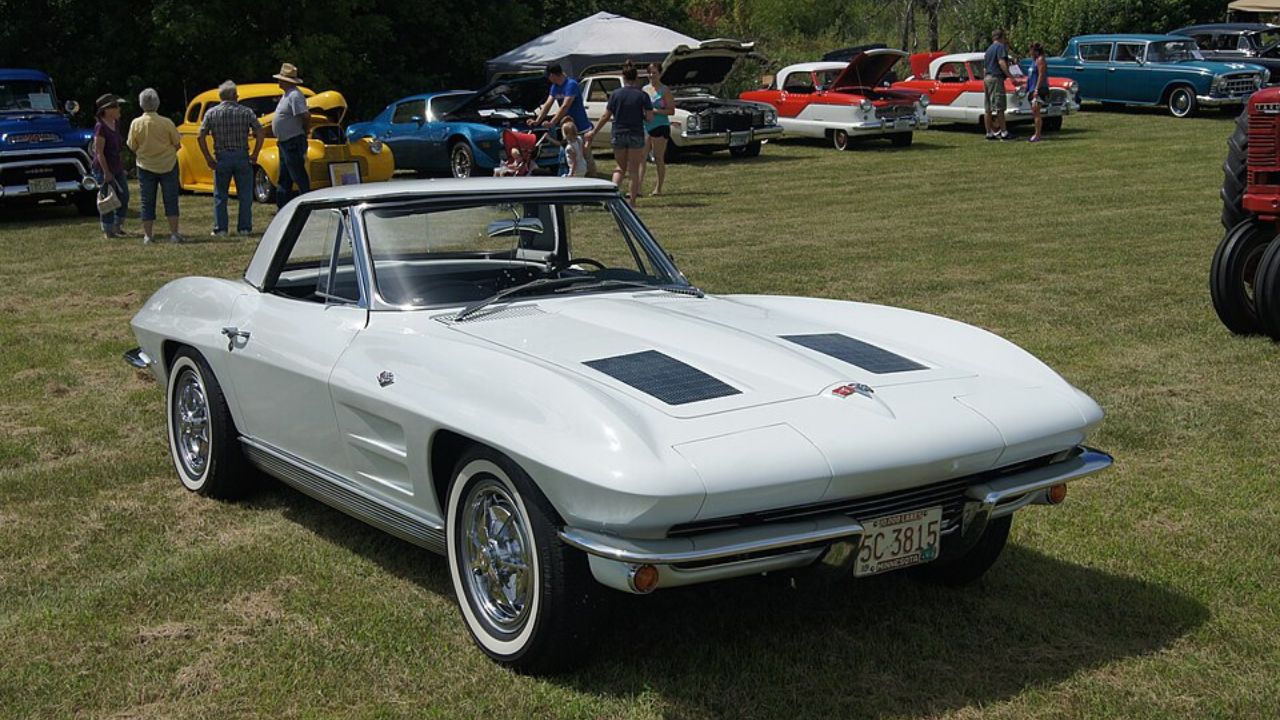

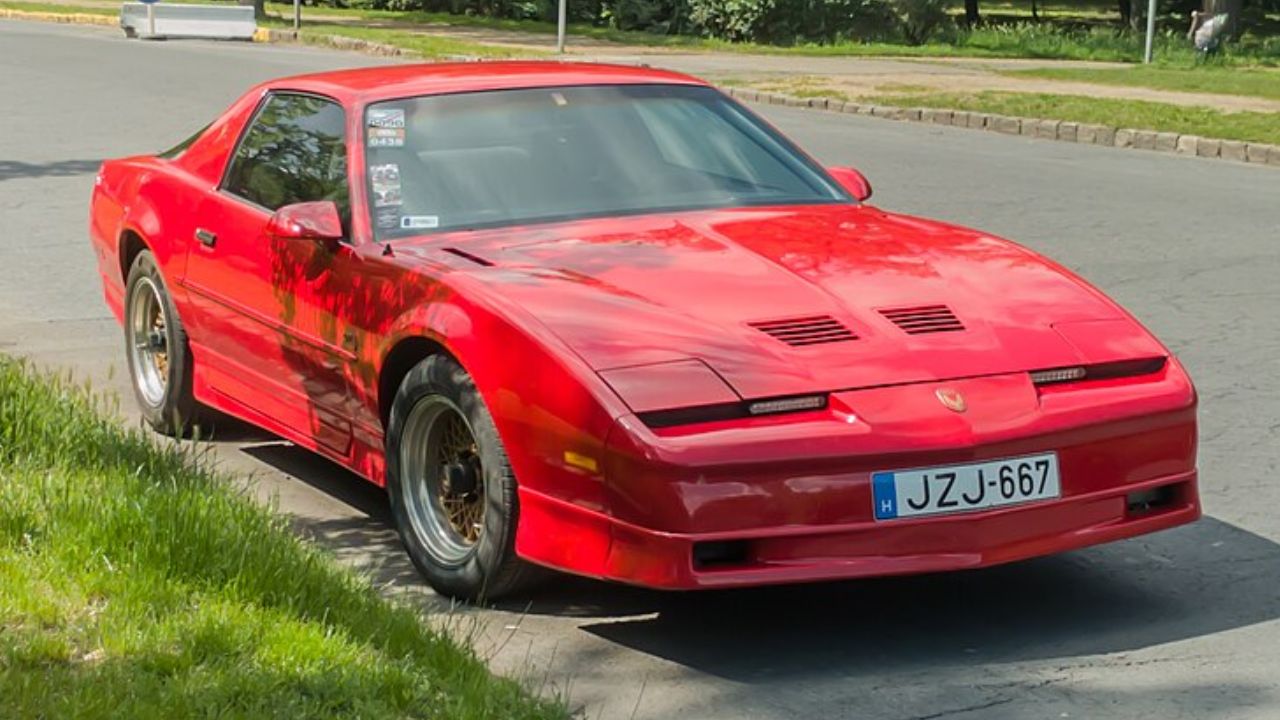
Leave a Reply